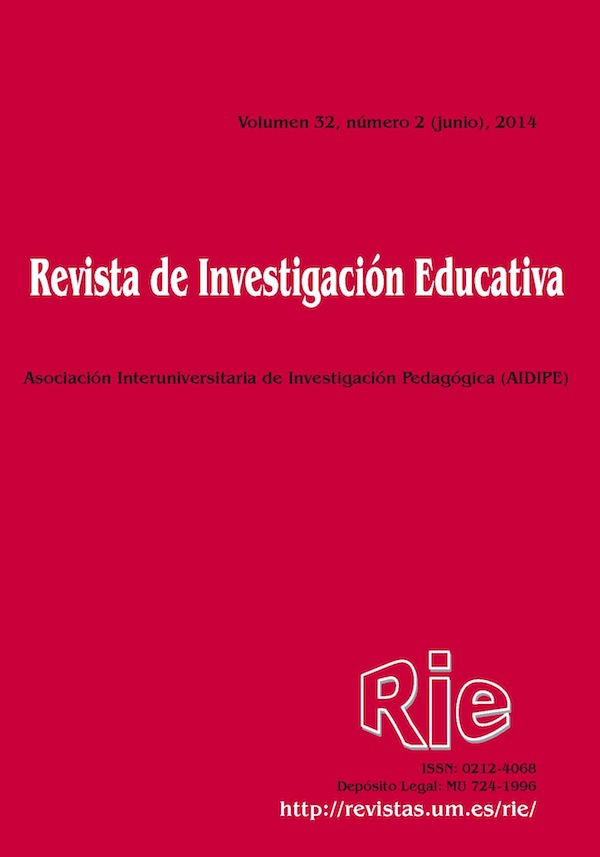Teacher and students in an online network
Supporting Agencies
- Proyecto I D I financiado por el Ministerio de Ciencia e Innovación EDU2010-18585
Abstract
This paper discusses how ICT and digital media can promote involvement in civil society, with teachers being the vehicle for these educational and learning processes. Through a qualitative approach focused on a case study of a secondary school classroom, it shows to what extent the use of Web 2.0 tools encourage the building of citizenship. The most significant results show a break with "traditional" teaching through a complex network system, including active and connected uses of Facebook, Twitter and Google Plus to promote the learning of citizenship through a teaching method aimed at exercising autonomous behaviour where digital and social capacities are deeply intertwined. To conclude, citizen involvement and peer to peer cooperation, as well as the development of both capacities, promote an active-style citizenship.
Downloads
-
Abstract759
-
PDF (Español (España))391
The articles and scientific documents published in RIE abide the following conditions:
1. The Servicio de Publicaciones de la Universidad de Murcia (the publisher) has the property rights (copyright) of all the documents published and allows the reuse under the user’s license indicated in point 2.
2. All documents are published in the digital edition of RIE under a Creative Commons Reconocimiento-NoComercial-SinObraDerivada 4.0 Internacional. (legal document) license. These documents can be copied, used, distributed, communicated and explained publicly if: i) the author(s) and its original source of publishing (magazine, publisher and URL of the document) are cited; ii) it is not used for commercial purpose; iii) the existence and the specifications about this license are mentioned.
3. Auto-archive’s conditions. The authors are allowed and encouraged to digitally distribute the pre-print versions (a version before evaluation) and/or post-print (a version that it is already evaluated and accepted to its publication). This promotes circulation and distribution earlier and can increase the citations and significance within the academic community.









